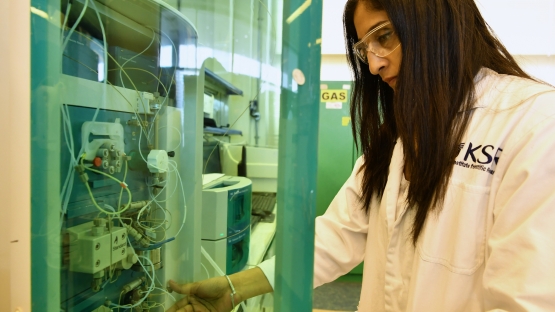Each year, on 22 March, World Water Day focuses public attention on the value of water and the importance of access.
The IAEA promotes the use of isotope hydrology, allowing national experts to identify and assess the availability of groundwater resources; isotope tracers provide essential data about the origins and behaviour of pollutants; and the scientific databases supported by the IAEA inform water-use policies in Member States.
Recent achievements realized by the IAEA and its Member States in this area include the following:
- Morocco’s Sebou Basin contains approximately 30% of the country’s surface water resources. In order to better understand the interaction between surface and groundwaters in the Basin, a national TC project supported a comprehensive study of the hydrological dynamics of the region. This study identified the source of the groundwater’s salinity, in addition to revealing a previously-unknown high concentration of nitrate, caused by local agricultural activities.
- A lack of hydrological data has prevented the effective management of Argentina’s El Plata Basin, which contains more than 85% of the country’s surface water resources. A national TC project has equipped Argentine counterparts with the skills and equipment needed to identify the age, transmission time and recharge rate of local water sources.
- In the Asia and Pacific region, the city of Tacloban, Philippines was hit by repeated typhoons, whose storm surges carry the risk of contaminating groundwater sources with salt and flood-borne contaminants. Through the TC programme, and with the support of the Joint FAO/IAEA Division of Nuclear Techniques in Food and Agriculture, isotopic techniques were deployed to effectively characterize the underground aquifer on which the city of Tacloban, Philippines rests. The IAEA was able to authoritatively confirm that the drinking water is safe, potable and is regularly recharged.








